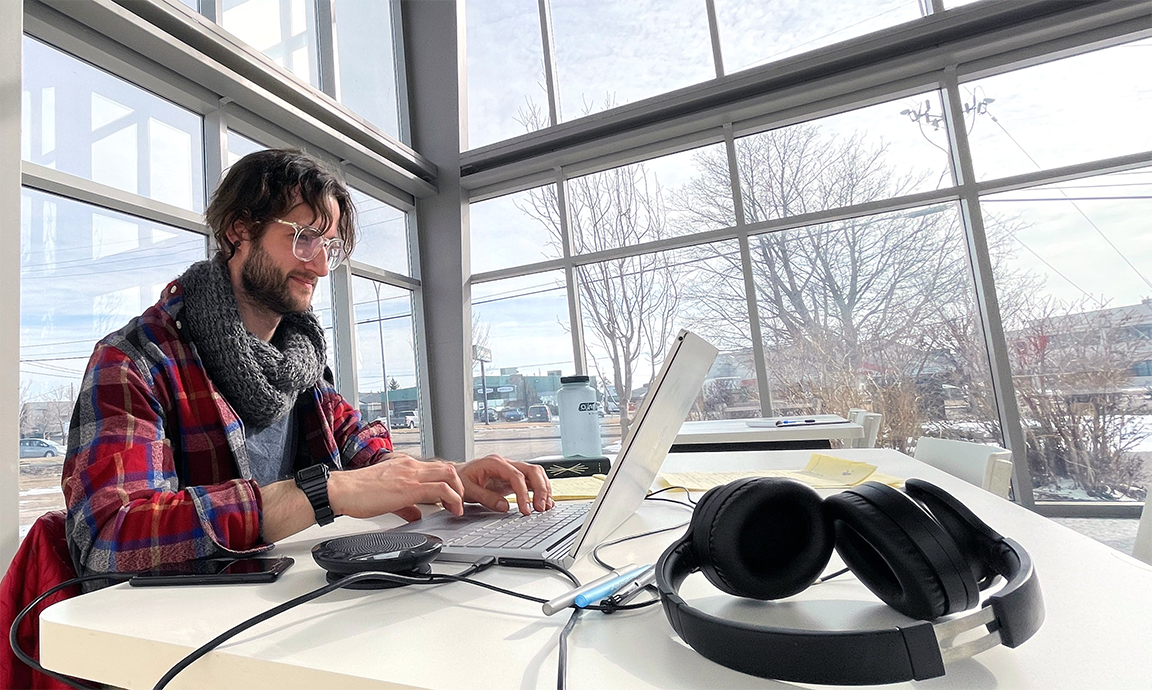Engineering
DIAS detailed 3D models can create a complete base-line data set prior to the introduction of infrastructure which is critical for risk management in avoiding hazards in the future.
Ground
3D IP and Resistivity
3D resistivity methods are very effective in mapping variation in overburden materials and their distribution, allowing a more efficient and less invasive subsurface characterization.
Theses methods can effectively map overburden thickness, characterize surficial materials, discriminate between fresh and saline groundwater, identify conductive bedrock for electrical grounding, and more.
Detailed 3D maps over deposits can also provide an accurate 3D model needed for deep exploration and mine planning, and creates a complete base-line data set prior to the introduction of infrastructure. This is critical for risk management, as it aids in decision making processes to avoid geo hazards and possible legal litigations down the road.
Additionally, 3D resistivity and IP datasets can be used to augment 3D seismic data, and can be used to guide advanced stage, deep drilling programs.
Airborne
Airborne geophysical surveys can be effective in imaging larger scale projects such as for corridor mapping, site characterization, and offshore mapping applications.




